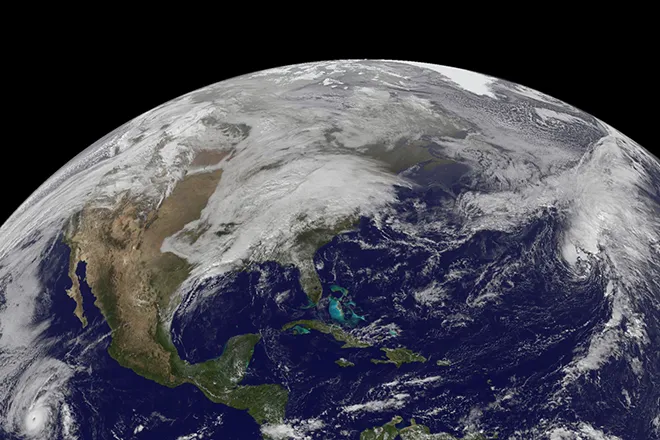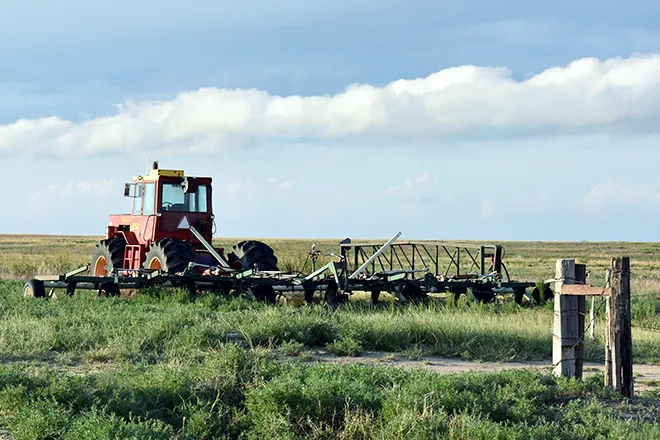
EarthTalk - What is the ‘30x30 Initiative’ for conservation?
© iStock
Dear EarthTalk:
What is the “30x30 Initiative” for conservation all about?
Mary S., Albany, NY
Put simply, the goal of the 30x30 Initiative is the conservation of 30 percent of terrestrial and marine habitat across the globe by 2030. The High Ambition Coalition for Nature and People, an intergovernmental organization for the protection of nature, first proposed the initiative in 2020 and got 50 nations including the U.S. to sign on. Since then, the 30x30 Initiative has grown rapidly, with 100 signatories in 2021 (when it was signed at the COP 15 Convention on Biological Diversity). By the end of 2022, over 190 countries were enlisted in the battle for conservation.
But why the sudden focus on conservation? “Biodiversity is essential for the processes that support all life on earth, including humans,” reports the Royal Society, the UK’s independent scientific academy. If one species dies off, others that feed on it will go hungry, and this withering works its way along the food chain until it reaches us, humans. And it won’t only affect our health. According to the World Health Organization (WHO), biodiversity loss can “affect livelihoods, income, local migration and ... may even cause or exacerbate political conflict.”
Wildlife conservation can be as simple as introducing legal protection of the land, halting excessive human activity, and a large helping of what the Rewilding Institute calls “benign neglect.” In other areas, the process is more intensive, requiring the reconstruction of land, and the (re)planting of flora. The larger the mass of land for conservation, the more complex it becomes, encompassing land politics and ownership rights as well as purely logistical hurdles.
In America, adhering to the 30x30 framework would mean saving an area twice the size of Texas. As a step towards this goal, Biden’s administration has deployed the ‘America the Beautiful’ program. The importance of getting landowners engaged is clear, with the initiative’s pledge of “listening and learning from the families and communities that know and care for American lands.”
Scaling this kind of planning and implementation across more than 190 countries will be quite a daunting task. In the U.S., 80 percent of voters were behind Biden’s ‘America the Beautiful’ initiative, whereas public support for such initiatives in less developed, less wealthy nations is another matter entirely. To wit, in the Democratic Republic of Congo (DRC), a country that contains natural diversity of vast importance to global conservation efforts, biodiverse forests provide sustenance and security for over 40 million of its inhabitants. Conserving these forests in DRC, one of the five poorest nations on the planet, is quite a challenge when so many locals derive their livings from it.
While, for some, the complexity of the issues the 30x30 initiative has confirms its ambitiousness, it also has its skeptics. For Brian O’Donnell, the director of the Campaign for Nature, 30x30 should be considered a “floor not a ceiling.” Likewise, the large group of scientists following biologist E.O. Wilson’s theory believes that half of the earth should be protected to stifle the downward spiral following biodiversity loss. The jury remains out on whether or not 30x30 will be enough to protect our climate, but what they all agree on is the importance of conservation for the survival of life on Earth.
CONTACTS
The Royal Society, royalsociety.org
Campaign for Nature, campaignfornature.org
Half-Earth Project, half-earthproject.org
Rewilding Institute, rewilding.org/what-is-rewilding/.
















